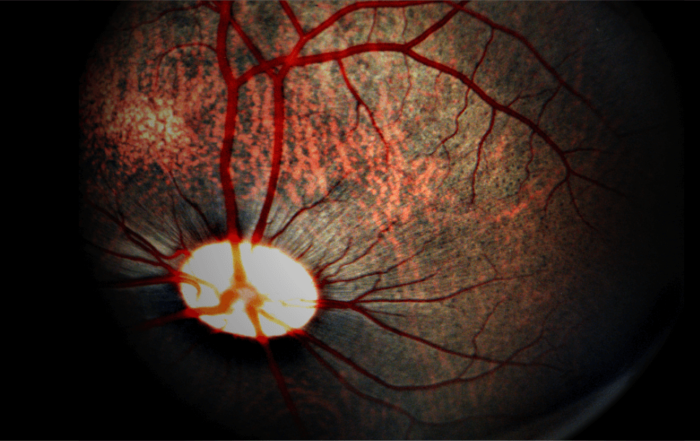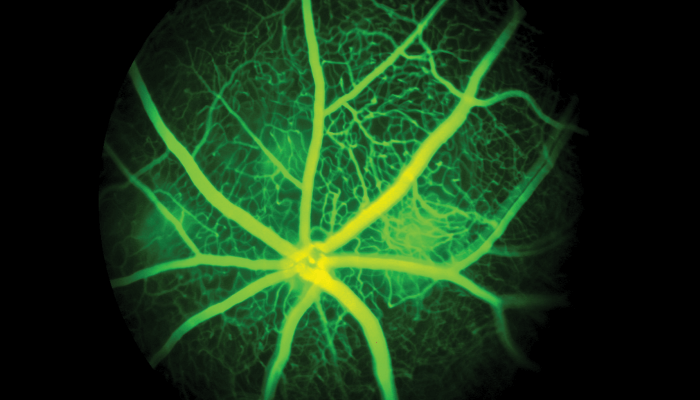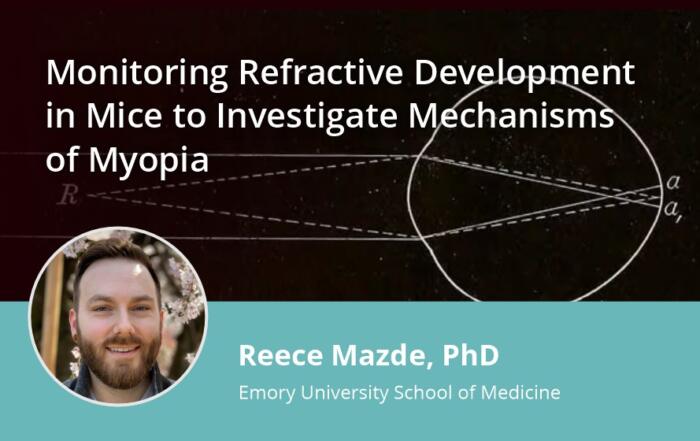A webinar for scientists interested in the application of electroretinography in rodent in vivo research studies as a method to better understand and characterize eye function.
Current preclinical eye and eye-brain research often includes the collection of geographical data, such as fluorescence imaging, and structural data obtained using techniques such as optical coherence tomography. However, seldom are functional measurements of the eye measured using electroretinography (ERG) as it has traditionally been viewed as a difficult technology to implement. Fortunately, innovation in the tools and techniques to measure ERG in rodent subjects now offer a dramatic decrease in complexity for the scientist and thus pave a new way forward for comprehensive study of eye function and associated disease.
In this webinar, sponsored by Phoenix Research Labs, scientists discuss the essential elements of measuring retina function in rodents, highlighting key technology, methodology and best practices that will lead to accurate and repeatable results in the lab. Dr. Peter Lundh von Leithner, PhD from University College London shares the importance of electrophysiology to his research and how he has optimized equipment for his particular studies. Dr. Christine van Hover, Ph.D. also reviews the four step process uniquely available with the Phoenix Research Labs technology.
Resources
To retrieve a PDF copy of the presentation, click on the link below the slide player. From this page, click on the “Download” link to retrieve the file.
Presenters
University College London








